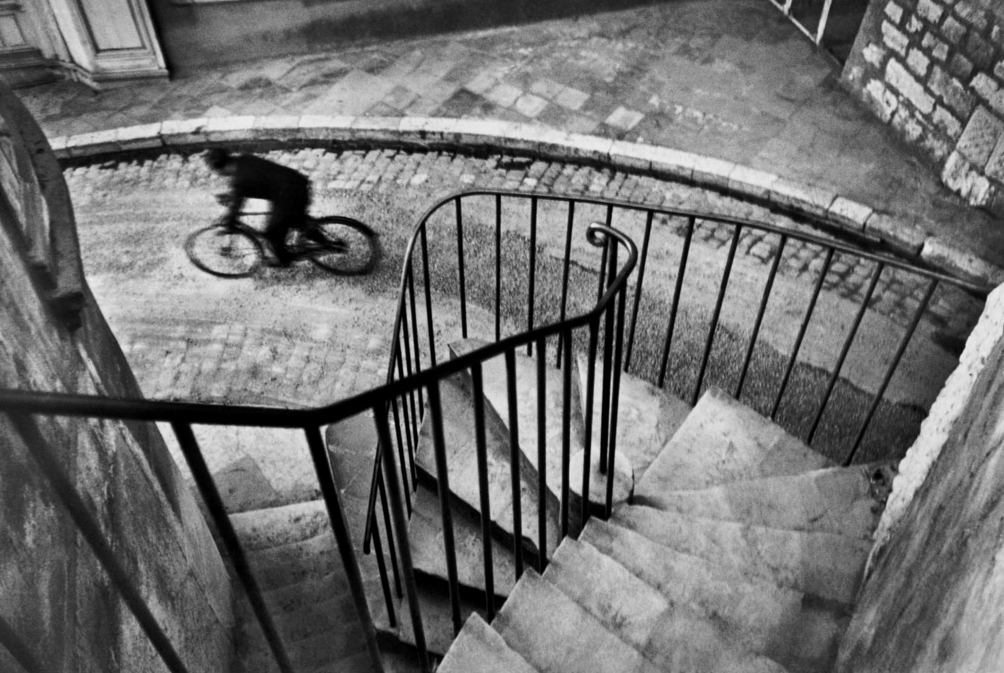Beginning photographers are often tempted to reduce photography to rigid rules.
The rule of thirds — thinking of the picture plane in terms of a grid made of three equal vertical and three equal horizontal divisions, with the points of interest placed at the intersections of these lines — is a common starting point. More sophisticated is the golden ratio (two quantities are said to be in a golden ratio if the ratio of the larger to the smaller is the same as the ratio of their sum to the larger). Imagine a triptych in which the center is about 0.618 as wide as each of the wings. Because this ratio is often found in nature, it is credited as the mathematical logic behind many efficient and visually pleasing phenomena: certain flower petals, or mollusk shells, or spiral galaxies.
These codes can be helpful for looking. But the reality is that there is usually a much more improvisatory and flexible mathematical order at play in a successful photograph.
Read more:
http://www.nytimes.com/2015/11/15/magazine/perfect-and-unrehearsed…
Thanks to Joy Saint James who sent me this article. From article: “The photographer has to be there to begin with, tuned in and tuned up, active…”
Reminds me of her actually.
joysaintjames.wordpress.com/author/joystjames/

